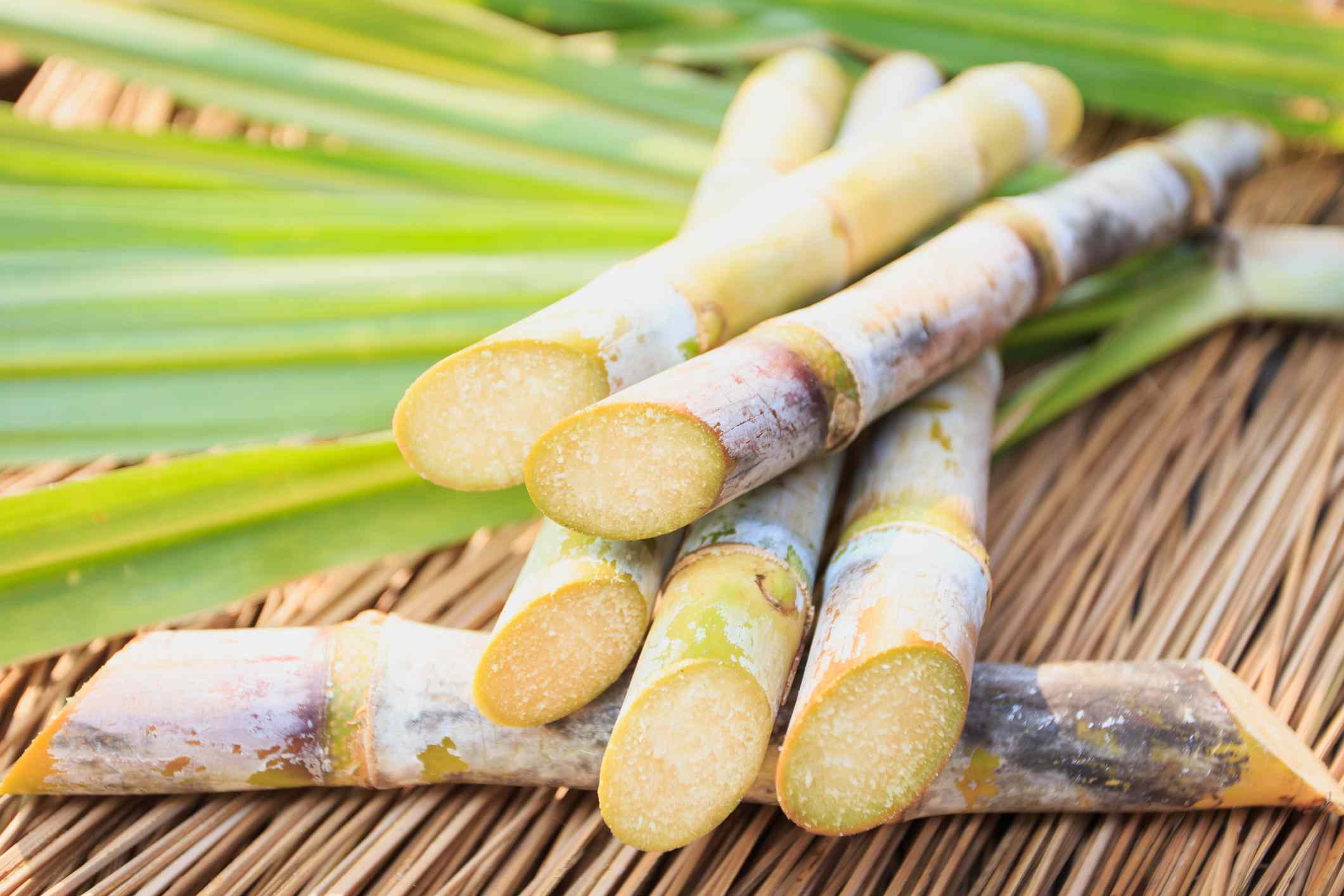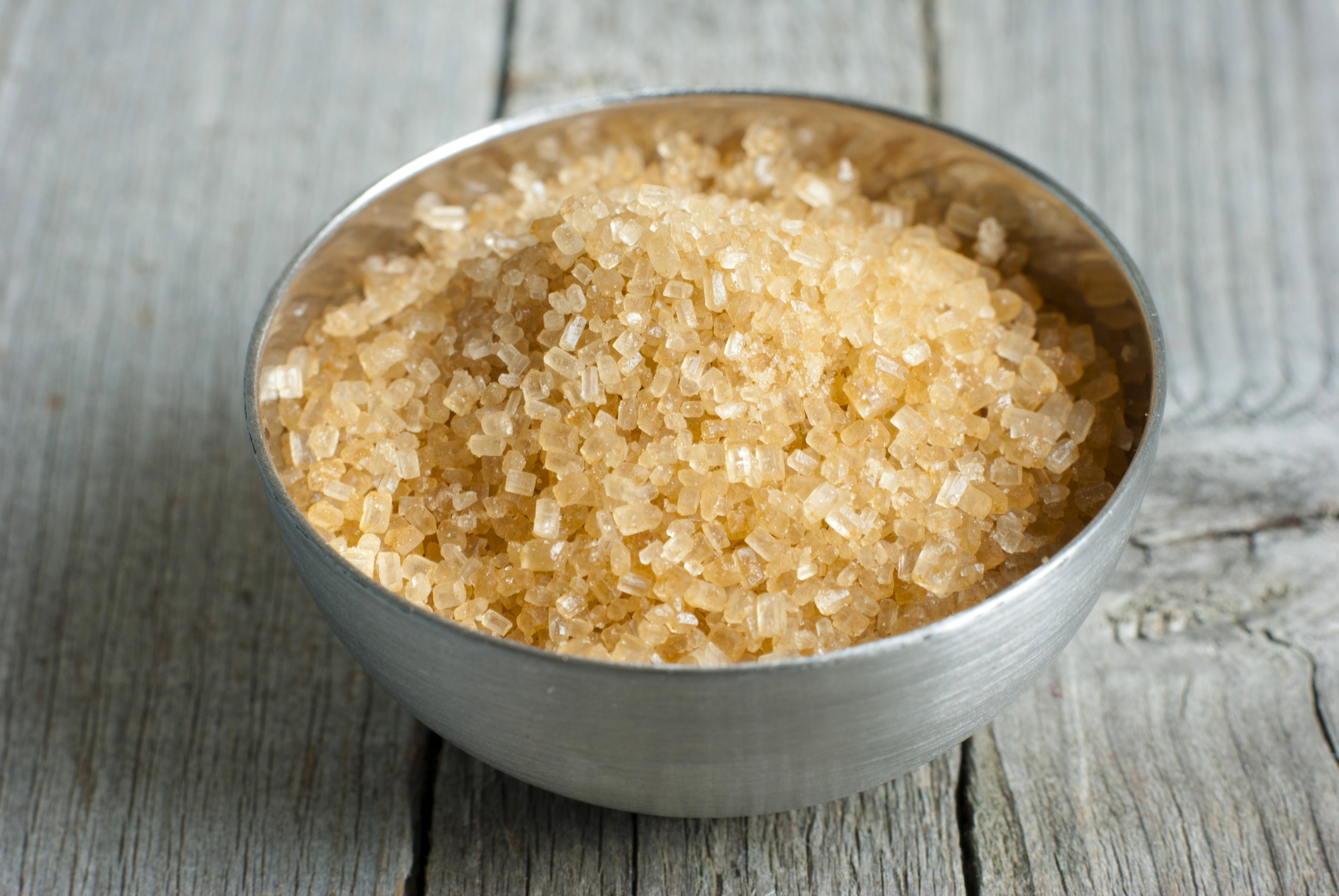Cane Sugar Processing: Cutting-edge Strategies for Quality Production
Cane Sugar Processing: Cutting-edge Strategies for Quality Production
Blog Article
Checking Out the Comprehensive Steps Entailed in Walking Stick Sugar Processing From Gathering to Improvement
The process of walking cane sugar production includes a collection of elaborate actions, starting with the cautious harvesting of sugarcane and culminating in the improvement stages that make certain the last item satisfies sector criteria. Each stage, from the extraction of juice to the filtration and formation procedures, plays an important function in determining the quality and personality of the sugar.
Gathering Sugarcane
Harvesting sugarcane is an essential action in the cane sugar processing chain, as it straight influences the quality and yield of the end product. Appropriate timing and strategies are necessary throughout this phase to make certain optimum sugar web content and lessen losses. Generally, sugarcane is collected when it reaches maturation, normally 12 to 18 months after growing, identified by a high sucrose concentration.

Post-harvest, the sugarcane needs to be refined promptly to avoid sucrose destruction. Preferably, gathered cane ought to be moved to refining facilities within 24-hour to preserve sugar high quality. Therefore, efficient logistical preparation is essential to keep the stability of the harvested crop throughout the supply chain.
Extraction Process

The smashed cane is subjected to a collection of pushing operations to maximize juice recuperation. Normally, hot water is sprayed onto the smashed cane, developing a countercurrent flow that helps liquify the sugar while also aiding in the removal process. The juice accumulated from this operation contains not just sugar however additionally various organic compounds and contaminations.

To improve extraction performance, some facilities might employ diffusion approaches, where the sugarcane is saturated in warm water, allowing the soluble sugars to diffuse into the liquid. The resulting juice, rich in sucrose, is after that guided to subsequent handling phases, laying the foundation for purification and improvement. The extraction process is therefore essential in establishing the quality and return of the last sugar product.
Filtration Methods
The filtration strategies used in cane sugar handling are essential for changing the raw juice into a top notch sugar product. These techniques mostly aim to remove impurities, such as soil, plant products, and not natural compounds, which can detrimentally influence the final item's flavor and shade.
Among one of the most usual purification techniques is information. This procedure involves including lime and heat to the raw juice, which assists in the coagulation of impurities. The resulting precipitate is then removed with sedimentation or filtration, yielding a more clear juice. In addition, using phosphoric acid can enhance the information process by more binding contaminations.
Another substantial method is carbonatation, where carbon dioxide is presented to the cleared up juice. This reaction produces calcium carbonate, which captures remaining contaminations and advertises their removal.
Additionally, triggered carbon therapy may be put on adsorb any continuing to be colorants and organic pollutants, ensuring a much more refined item. The mix of these techniques efficiently prepares the sugar juice for succeeding actions in the refining process, establishing the phase for the production of high-quality walking cane sugar.
Crystallization Techniques
After the filtration stage, the following crucial action in walking cane sugar handling entails condensation approaches, which play a critical duty in changing the made clear juice right into solid sugar. This process commonly uses two primary approaches: spontaneous formation and regulated crystallization.
In spontaneous condensation, supersaturated sugar remedies are enabled to cool naturally, bring about the formation of sugar crystals over time. This method is easier however may cause uneven crystal sizes and reduced pureness levels. On the other hand, managed crystallization is a more precise strategy where concentration, temperature, and seeding representatives are carefully managed. This technique allows for the consistent development of sugar crystals and higher pureness.
During crystallization, the made clear juice is concentrated through dissipation, boosting its sugar web content until it reaches supersaturation. As soon as this factor is achieved, weblink either method can assist in the formation procedure. Cane Sugar Processing. The resultant sugar crystals are then divided from the staying syrup via centrifugation
Inevitably, the selection of crystallization approach influences the high quality, size, and pureness of the last sugar product, making this action crucial in the general walking stick sugar processing procedure.
Refinement and Product Packaging
How can the pureness and top quality of walking cane sugar be further enhanced after crystallization? The refinement process plays a critical duty in attaining top quality walking cane sugar. Adhering to formation, sugar undertakes a comprehensive washing try this out to remove impurities and residual molasses. This is generally achieved utilizing warm water or vapor, which helps liquify and remove undesirable elements while preserving the sugar crystals.
Next, the sugar goes through a process called centrifugation, where it is rotated at broadband to divide the purified sugar crystals from the remaining fluid. After centrifugation, the sugar is commonly further improved via a method called carbonization or phosphatation, which makes use of triggered carbon or phosphoric acid to eliminate shade and off-flavors.
Once fine-tuned, the sugar is dried out to attain the wanted moisture web content, making sure that it continues to be stable throughout storage and transport. The last step entails packaging the polished sugar in moisture-proof and closed containers to maintain its high quality and prevent contamination. Cane Sugar Processing. Correct packaging not only expands shelf life however also promotes easy handling and circulation, ensuring that customers receive sugar that satisfies the highest possible standards of purity and high quality
Conclusion
The thorough actions involved in walking stick sugar handling, from the meticulous harvesting of sugarcane to the elaborate improvement and product packaging stages, underscore the value of each stage in ensuring high-quality sugar production. Optimal harvesting methods, reliable removal techniques, and extensive filtration procedures jointly add to the final product's purity and security. The condensation and subsequent product packaging you could try this out methods additionally improve the integrity and life span of the sugar, highlighting the intricacy and precision inherent in this essential farming sector.
The process of walking cane sugar production encompasses a series of complex steps, starting with the cautious harvesting of sugarcane and culminating in the improvement phases that ensure the final product meets market requirements. Ideally, harvested cane should be carried to processing facilities within 24 hours to preserve sugar top quality.In spontaneous condensation, supersaturated sugar options are enabled to cool naturally, leading to the development of sugar crystals over time - Cane Sugar Processing. The improvement process plays an important role in achieving high-quality walking cane sugar.The detailed steps entailed in cane sugar processing, from the meticulous harvesting of sugarcane to the detailed refinement and packaging stages, emphasize the importance of each phase in ensuring high-grade sugar production
Report this page